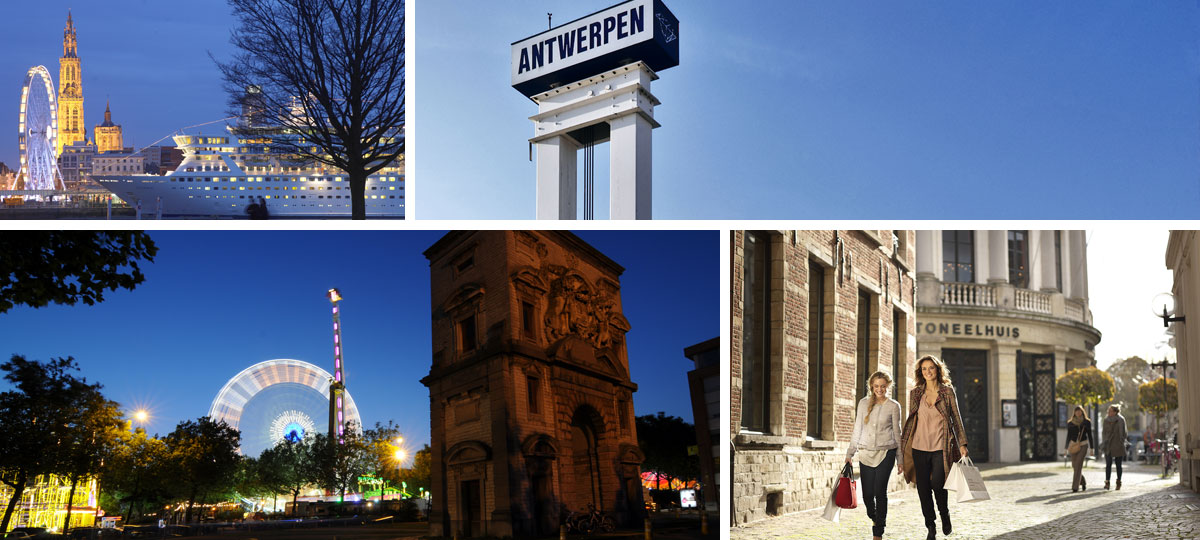
Ask an Antwerp local about his city and he will pour you a Bolleke beer, face beaming, and tell you about its majestic Cathedral, about walks along the quays and about the city's master painter, Peter Paul Rubens. Antwerpers are known to be very proud of their city, and rightly so. For centuries, the port, which continues to expand, has contributed to a constant influx of the most diverse influences. As exotic spices landed on the quays, more and more intellectuals also set foot in this flourishing city, enriching Antwerp with their ideas and creations.
No wonder then that a city where so much is moving and shaking has become the ideal habitat for world leaders and luminaries. One such enlightened spirit, albeit of a rather despotic inclination, was Napoleon, who acquired the Royal Palace in Meir in 1812. There he quietly devised military strategies for his war against Britain. Antwerp seems like an easy place to lose your heart because another luminary, the Russian tsar Peter the Great, felt quite at home in the city, where he spent a considerable amount of time learning everything there was to know about shipbuilding.
In the fifteenth and sixteenth centuries Antwerp already was a city with an international reputation, which extended far beyond the city's borders: it was reputed for its flourishing art trade and its bustling port, which turned the city into an economic hotspot. During this Golden Age Antwerp resembled present-day New York: it was a world city.